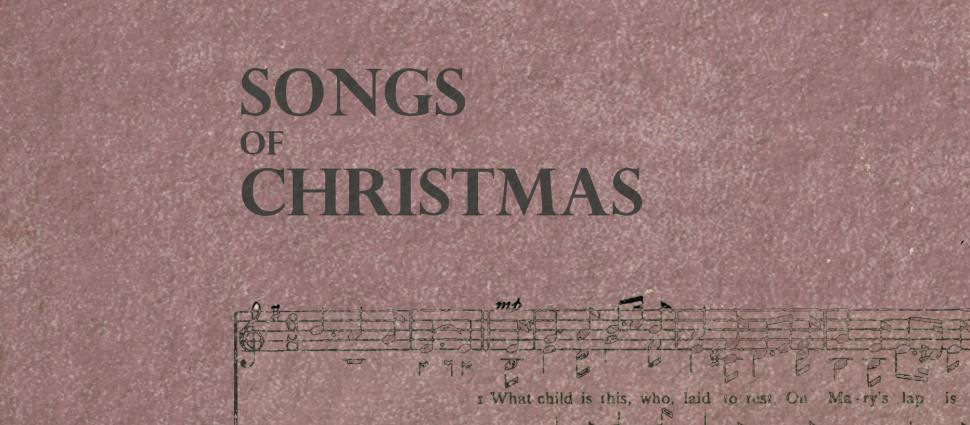The Whole Gospel in the Songs of Christmas (Part 3)

As we bring this short series on the Whole Gospel in the Songs of Christmas (see part 1 and part 2) to an end, the following are a few more carols and songs with often overlooked verses or Gospel imagery. In the first example, O Holy Night, the difference I want to highlight is between the original French version and its literal meaning. Cantique de Noël was written in 1847 by Placide Cappeau, a wine merchant in Roquemaure in southern France. Following is a literal translation of the original poem. Note the attention to original sin, appeasing the wrath of God, the humility of bowing, and the progression of the birth, suffering, and death of the Savior in order to break the bonds of sin.
Notice the difference in the emphasis between the literal translation of verse three above, and the and the well-known translation by John Sullivan Dwight:
What was intended as praise for the redemptive work of Christ in breaking bonds and turning slaves into brothers becomes Dwight’s Unitarian call for the brotherhood of all mankind in a universal call for love and peace devoid of the physicality of the birth, suffering, and death of Christ. Sadly, however, many recorded versions don’t even get to the third verse even in its truncated vision of joy. I appreciate the progression of postures in the successive verses—from kneeling and waiting, bowing before the Redeemer (the opposite of a “stiff-necked” people), and then standing and singing of deliverance.
The Sussex Carol (On Christmas Night), firmly places the joy of the birth of Christ in His work as Redeemer. The second and third verses make that very clear:
The final carol for this Christmas season comes from Isaac Watt’s setting of Psalm 98, Joy to the World. Ironically, it’s the Christological redemptive third verse that most often gets left out of hymnals:
The pushing back of the effects of the Fall is the reason for Christmas—the coming of the Redeemer King who “knows our weakness” and who bears the weight of sin and death to bring peace through the blood of His cross. From the child in the manger, to the savior on the cross, to the conqueror of death, to the ascended Lord at the right hand of the Father, the theme of Christmas is the story of our redemption from the love of the Father. This gives us cause to sing and a reason to be merry.





